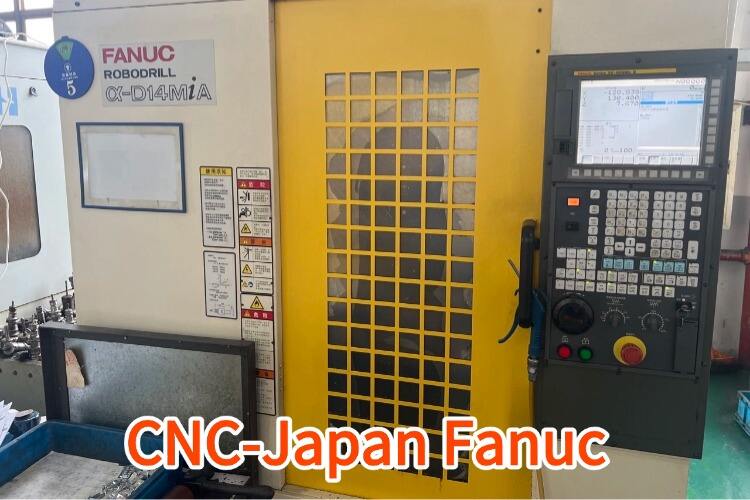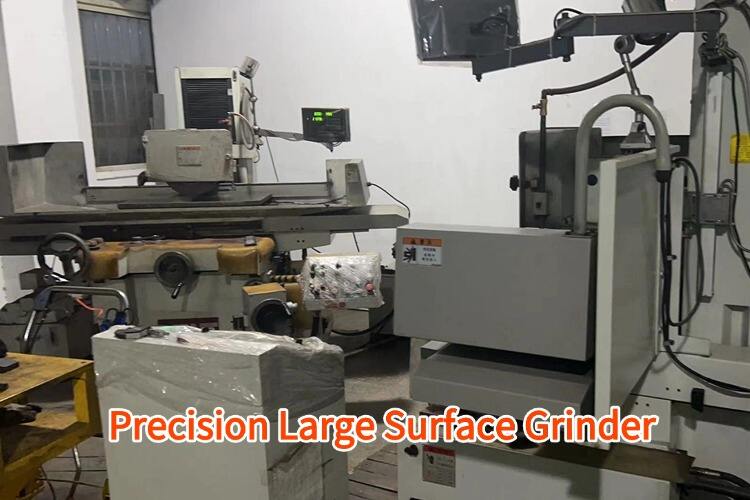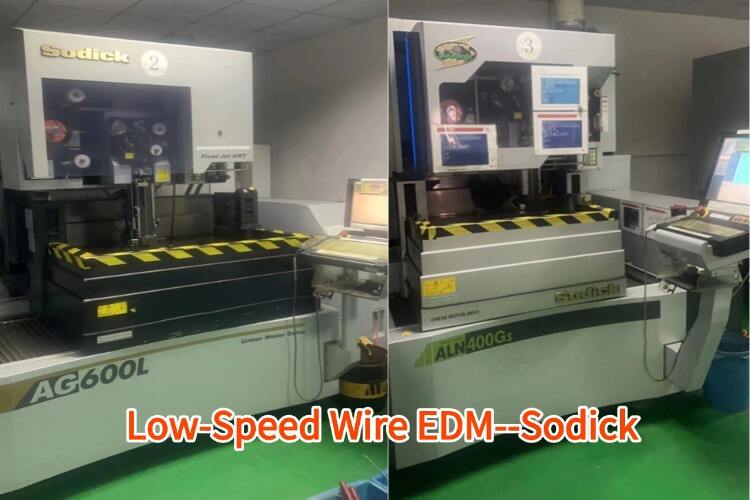what is cnc milling
CNC milling is a sophisticated manufacturing process that uses computerized controls and rotating cutting tools to remove material from a workpiece and create custom parts or products. This advanced machining technique operates through computer numerical control (CNC), where pre-programmed software guides the movement of factory tools and machinery. In CNC milling, a spinning cutting tool moves along multiple axes while removing material from a stock piece, typically metal, plastic, or wood. The process begins with a 3D CAD design, which is then converted into a set of coordinates that the CNC machine follows to create the final product. Modern CNC milling machines can operate on 3, 4, or 5 axes, allowing for complex geometries and precise cuts that would be impossible to achieve manually. These machines excel in producing parts with tight tolerances, often achieving accuracy within 0.001 inches. The versatility of CNC milling enables it to perform various operations including face milling, end milling, and profile milling, making it essential in industries ranging from aerospace to medical device manufacturing.


